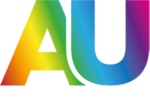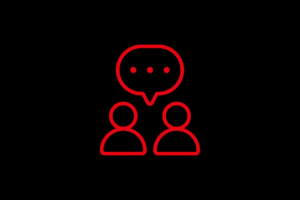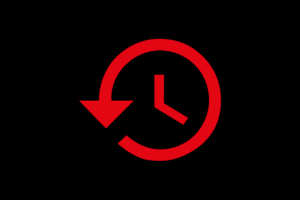Many autistic people at some point receive an autism diagnosis. Diagnosis probably isn’t the best choice of word. Normally, it is a word used in relation to a disease or solving a problem, which certainly isn’t the case with autism.
Autism is just a different brain type, not a disease or problem, so maybe a better word choice would be “confirmation” or “verification“.
How is someone diagnosed autistic?
First of all, somebody needs to notice that a person seems to think, or experience the world a little differently to the majority of people. It could be someone like a parent, a teacher, a doctor, or often the person themselves who notices this. There isn’t a test that everybody takes to discover what their brain type is – although this would be an awesome idea for the future! There has to be a suggestion from someone that a person might be autistic, before any diagnosis can be considered.
Then the person will be seen by a team of professionals who have training in identifying if someone is autistic.
The team will have a checklist to help them reach a decision about whether the person is autistic. They might use a fancy term like The DSM-5, but that is simply the name for the checklist they are using. The different team members will try to discover which things on their list apply to the person. They can do this by chatting to them, doing some games or activities together, and speaking to others who know the person well, like family members or sometimes school teachers.
What is on their checklist?
There are 2 main categories that the specialist team will be thinking about:
- How does the person communicate and socialise with others?
- What patterns of behaviour or interests does the person have?
They will also usually give the person a physical health check, to make sure they are well and check if there is anything they may need further help with.
Getting the diagnosis
Usually the team of professionals will meet together to decide whether the person matches the autism criteria and then write their notes into a report document to explain their decision. The person or their carers will then be given the report, either at a face to face meeting, in an email, or a letter in the post.
There’s no certificate or badge to say “Congratulations – you are definitely autistic and awesome!” – although maybe there should be. The diagnosis is just a piece of paper full of notes and fancy big words, that confirms that the person has an autistic brain type.
Do you need a diagnosis?
Some people who are already sure that they are autistic, decide not to have an official diagnosis. There could be a number of reasons for this, but it is sometimes because the waiting lists to be seen by a specialist team can be really long. It is perfectly ok to self-identify as autistic; after all people usually know themselves better than anyone else does.
Maybe you have found this website because you have been diagnosed autistic, or self-identify as autistic. In either case CONGRATULATIONS and WELCOME!




